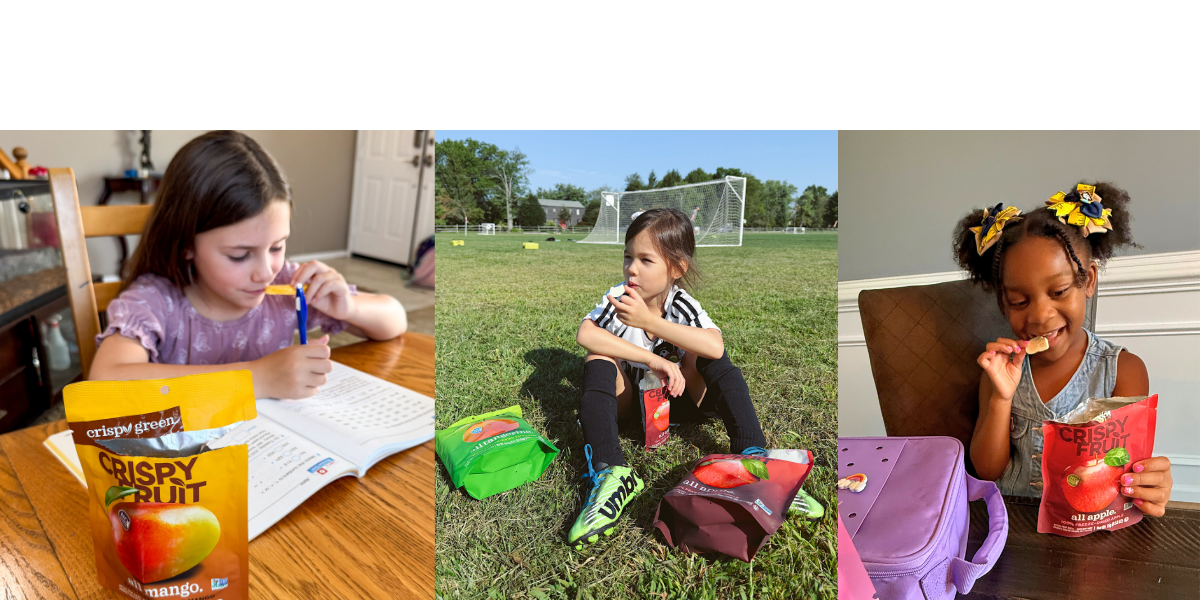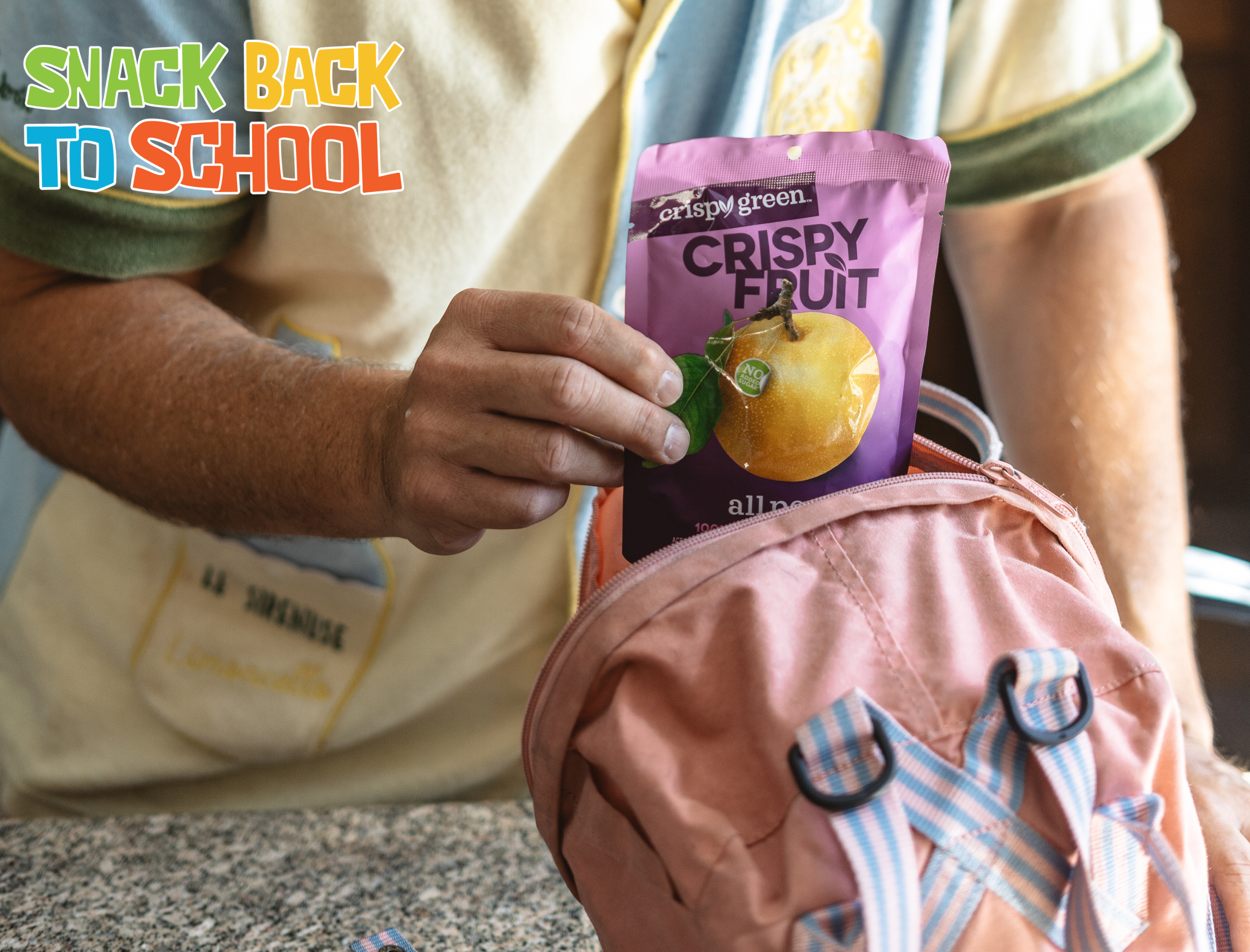
You’ve got 10 minutes to pack a lunch, a hungry kid waiting, and a pantry full of “healthy-ish” snacks with packaging that’s shouting at you: “All Natural!” “No Sugar Added!” “Organic-ish!”
But what does it really mean? And how can you quickly scan a label to know if a snack earns a spot in your lunchbox lineup?
We’re here to help decode the fine print and so you can pack better lunches in less time (without needing a PhD in nutrition).
Welcome to Label Smarts 101—your crash course in reading between the lines and packing snacks with confidence.
1. Don’t Be Fooled by the Front of the Package
Here’s the deal: front-of-pack claims are marketing, not nutrition facts. Phrases like “whole grain,” “low fat,” or “no sugar added” don’t tell the whole story. The real truth is on the back, specifically, in the ingredients list and the Nutrition Facts panel.
✅ Pro tip: If the front is too loud, flip it over quickly.
2. Fewer Ingredients = Better Snack
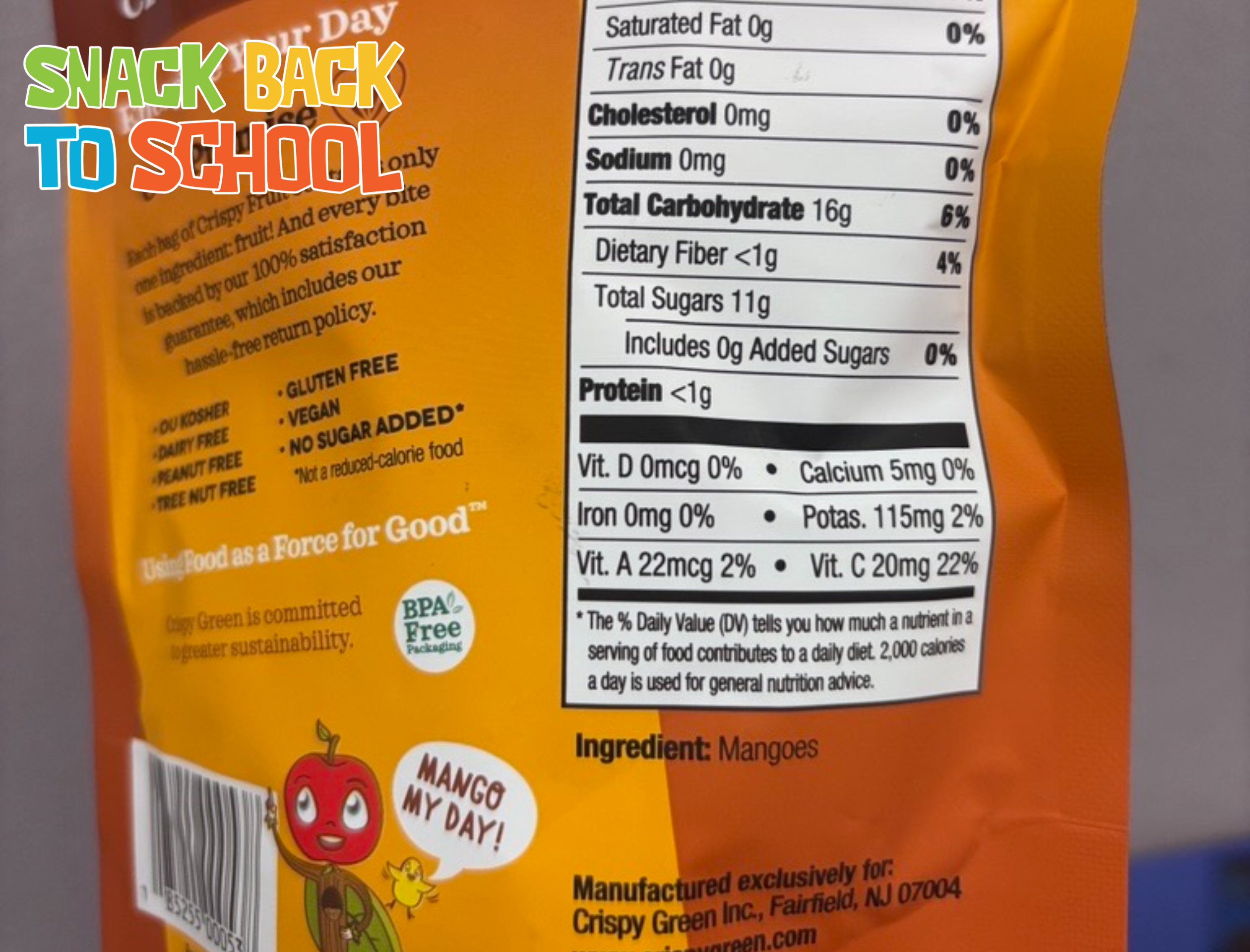
A short, recognizable ingredient list usually means a cleaner product. Ideally, it should be something you can read out loud without needing Google.
For example:
✔️ Ingredients: Mango (that’s Crispy Green!)
❌ Ingredients: maltodextrin, hydrogenated oil, artificial flavors, color added.
✅ Parent rule of thumb: If you can’t picture it in your pantry, it probably doesn’t belong in your kid’s snack.
3. Check Serving Size First (Before the Numbers Confuse You)
The Nutrition Facts label is based on one serving, but a single package may contain two or more servings. If the sugar content is 8g per serving, but the snack pack contains two servings, you’re looking at 16g of sugar per pack.
✅ Label hack: Always check the serving size line before you scan calories, fat, or sugar.
4. Sugar Smarts: Look for “Added Sugars” Separately
One of the best updates to the nutrition label? It now breaks out added sugars from naturally occurring sugars (like those found in fruit). This is key for parents trying to reduce unnecessary sugar.
Crispy Green’s Crispy Fruit, for example, contains zero added sugar—just the fruit, freeze-dried. That’s a win for your lunchbox and your kid’s focus.
✅ Aim for snacks with 5g or less added sugar per serving
❌ Watch out for sneaky names like cane juice, syrup, fructose, or maltodextrin
5. Watch Out for “Health Halos”
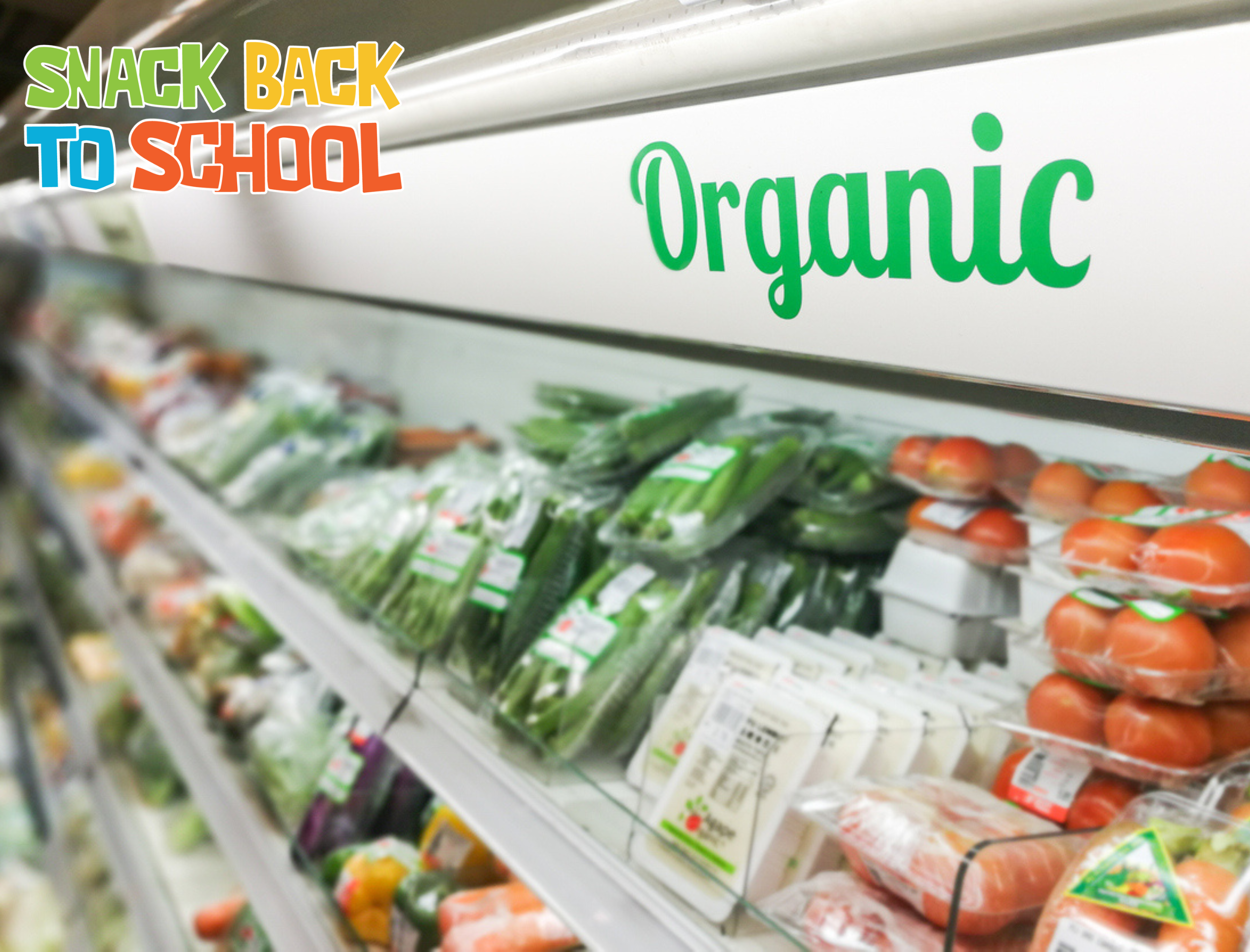
Just because something is labeled as organic, gluten-free, or vegan doesn’t automatically make it healthy. Organic gummy bears? Still candy. Gluten-free cookies? Still cookies.
Instead, focus on nutrient-dense snacks that fuel your kid with fiber, protein, or real fruit, not just trendy buzzwords.
✅ Snack smarter by choosing snacks that offer both nutrition and satisfaction—like freeze-dried fruit paired with nuts, cheese, or whole grain crackers.
6. Fiber = Fuel (and Focus!)
Fiber keeps kids full longer and supports digestion, but it’s often missing from processed snacks. Look for snacks with 2g or more fiber per serving to help avoid the post-lunch energy slump.
✔️ Good fiber sources: whole grains, fruit (especially freeze-dried with the skin!), seeds, and legumes
❌ Avoid “fiber added” in the form of isolated fibers like inulin unless paired with whole food ingredients
7. Sodium: Not Just an Adult Concern
Too much sodium isn’t just a heart-health concern—it can make kids thirsty, tired, and sluggish. Look for snacks with less than 140mg of sodium per serving for a “low sodium” label.
Pro tip: Many snack crackers and cheese-flavored items sneak in more sodium than you’d expect. Read those labels!
The Bottom Line? Read the Back, Snack Smarter
When it comes to school lunches and after-school bites, simple is powerful. Look beyond the marketing hype, check those ingredients, and look for snacks that are made with real, whole foods—like Crispy Green’s freeze-dried fruit, with nothing but the fruit itself.
Snack Confidently This School Year
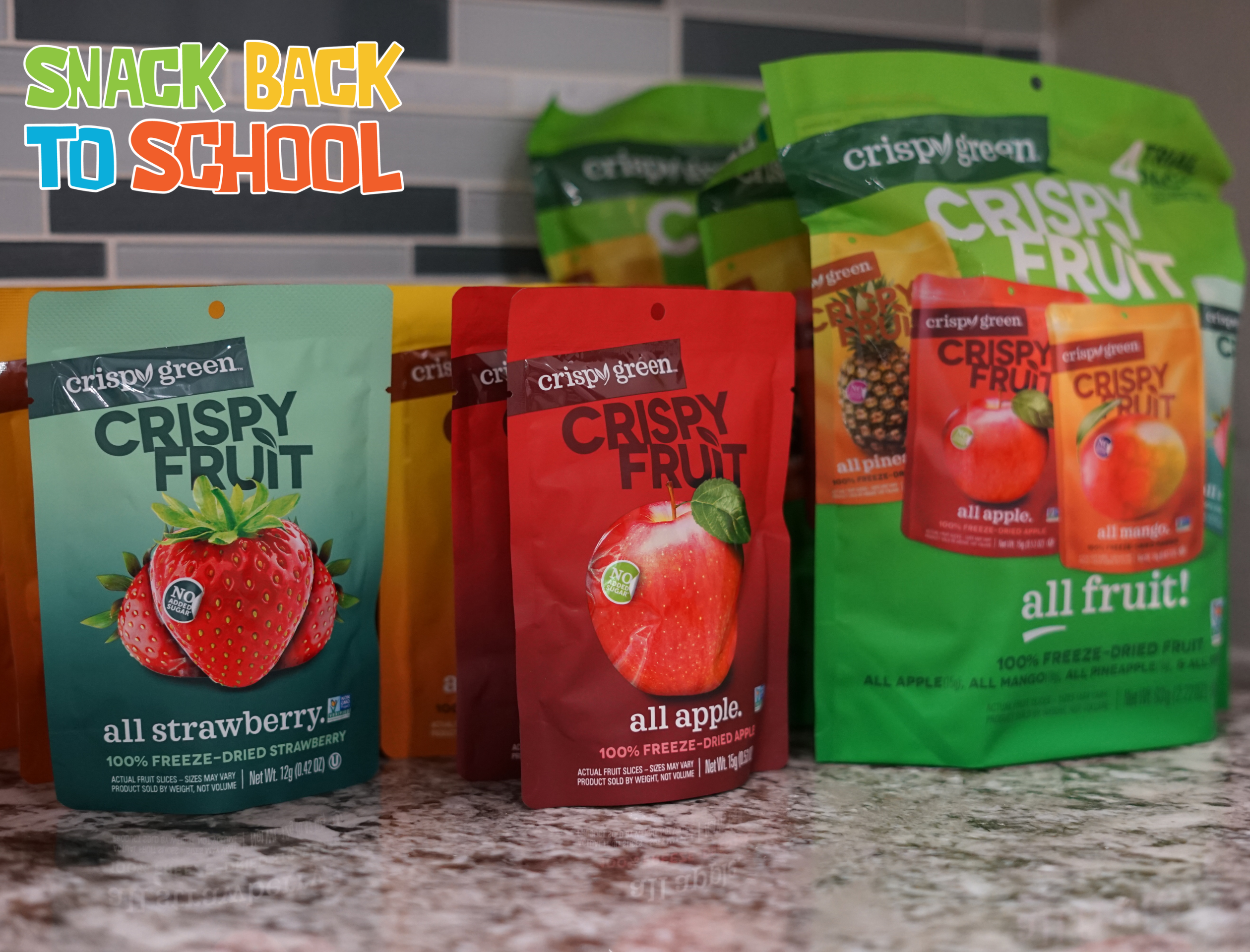
Ready to fill your pantry with smart, clean, label-approved snacks?
Shop Crispy Fruit Now — and fuel your back-to-school season with snacks that pass the label test and the taste test.



